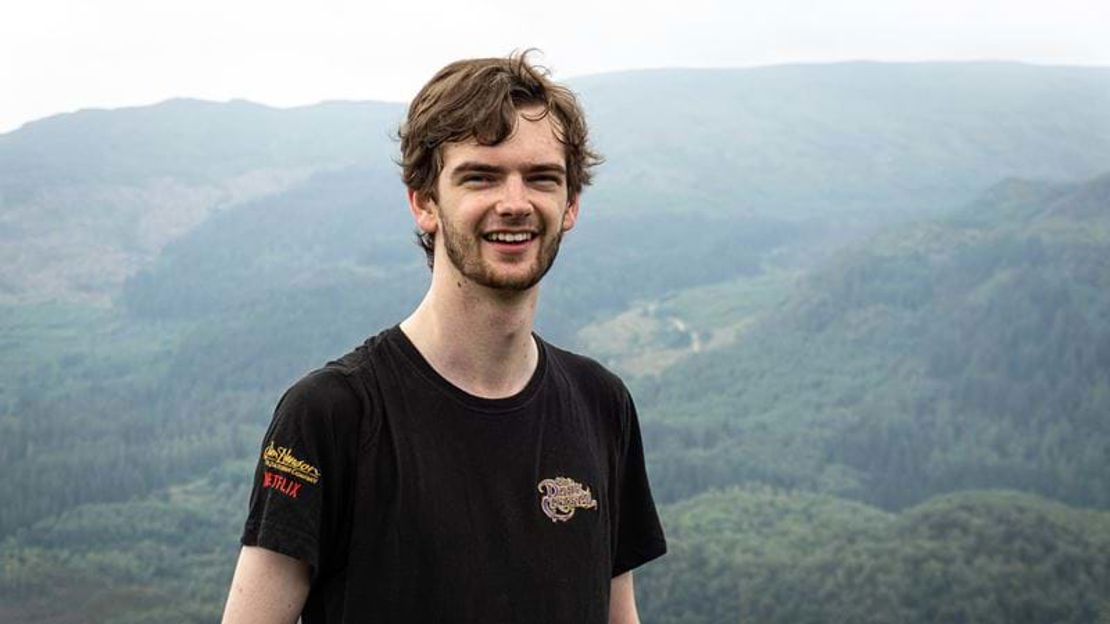Christy Kail applied for HNC/HND Creative Industries: TV, a ScreenSkills-endorsed course at Glasgow Clyde College, because he wanted explore which part of film making he enjoyed most. He also wanted to make sure that what he learned was relevant from an industry point of view.
“I wanted to make sure that the course I picked was approved by an organisation that understands the current requirements of the industry,” he says. “I had already taken a course in a different field that I didn’t think was really fit for purpose.”
Whilst studying his interest shifted more and more from the technical sides of filmmaking to the workflow and managerial aspects of the process. “I was constantly fixing workflows for my classmates.” After realising he enjoyed that as much working on set, he decided to pursue a career as digital imaging technician (DIT) to combine the two.
During his time at college, Christy took on dailies jobs to gain work experience and get a better grasp of what each job on set entails. “Every course is only as good as you make it,” he says. “All courses give you the basics of specific job roles, but you really need to use the tools the course gives you to develop your skills on set as well.”
His course placed a lot of emphasis on helping students prepare for work in the industry after graduation. “We were assisted by the college when contacting productions for work experience and we were encouraged to build an industry network. I actually consider that support the most valuable part of the course.”
It enabled Christy to work on a number of short films before he started working as a freelancer for a digital imaging service – first as a dailies lab operator and then as a DIT. “I pursued every opportunity that presented itself as a student, because I wanted to learn about everything,” he says. “It’s crucial, especially when working as a DIT, to have a good grasp of all the jobs on set. The experience I gained through the years helps me understand what might be required of me from an editorial point of view when the workflow changes in different departments.”
When he left college, Christy thought that he might be working as a DIT in five years’ time. Approximately 18 months later he already finds himself in that job role. “Things are moving so incredibly quickly for me at the moment that it’s difficult to predict where I’ll actually be five years after graduation,” he says.
